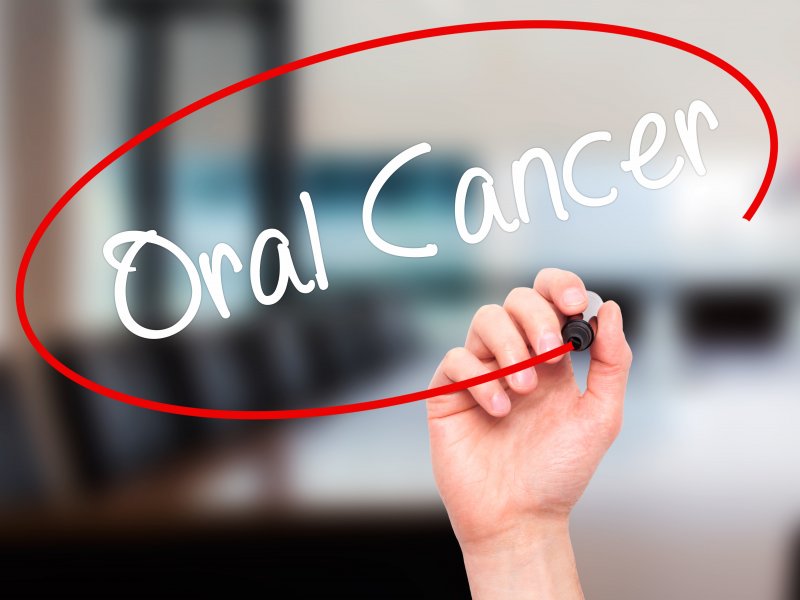
One of the most important parts of any routine checkup is also one of the fastest: the oral cancer screening. Oral cancer is unfortunately very common and can be incredibly serious if it isn’t detected early.
The progression of oral cancer is marked in stages, with later stages being more severe and harder to treat than earlier ones. If you want to learn more about this condition, here’s what you should know about each stage of oral cancer.
Stage 0
Technically, this describes abnormalities that aren’t currently cancerous, but could be in time. These are also called carcinoma in situ, and while a dentist may recommend removing it, treatment may not go much further than that.
Stage I
Stage one refers to cancers that have just begun and have not spread to lymph nodes. The cancer should be localized to a single tumor that is no larger than 2 centimeters. While requiring treatment, the survival rate for people with stage I cancer is fairly high, and the condition is somewhat unlikely to recur after the cancer has been destroyed.
Stage II
Stage two cancer is still localized to a single tumor and has not reached the lymph nodes, but the tumor itself is between two and four centimeters large. While treatment will need to be more intense than in stage I and is more likely to involve radiation, the prognosis is often still fairly good.
Stage III
There are two ways that oral cancer can progress to stage three. Either a) the cancer is localized to a tumor that is over 4cm, or b) the tumor is of any size, but the cancer has spread to the lymph nodes.
Once the cancer has spread, the need for treatment becomes more pressing and both radiation and chemotherapy become likely. Of course, that depends on your unique situation, and you should take your dentist’s or doctor’s advice for what treatment is necessary.
Stage IV
This is the most advanced stage of oral cancer—the tumor can be of any size, but the cancer has noticeably spread to other parts of the body. This can be nearby tissue or even far-off organs, like the lungs. Cancer may also be considered stage four if it has spread to multiple lymph nodes, one lymph node over 3cm on the side of the neck the tumor is on, or any lymph node on the opposite side of the neck.
At this point, you will almost certainly need a combination of surgery, radiation, chemotherapy, and other styles of cancer treatment. Stage four cancers may also be more likely to recur after treatment than other kinds, so you should be careful about your risk factors even after entering remission.
If you want to protect yourself, you should cut back on risk factors like drinking and smoking. And be sure to see your dentist for checkups twice a year—early detection could make all the difference.
About the Author
Dr. Vy Tran has been in dentistry for over eight years, and she feels like she’s just getting started. She’s proud to work alongside her experienced dental team to give her patients the care that they deserve. Dr. Tran received her dental degree from the University of Maryland at Baltimore and has remained committed to continuing her education since. She is currently receiving advanced education from the world-renowned Pankey Institute and is a member of the Triple Crown Study Club.
If you have any questions about oral cancer, she can be reached at her website or by phone at (410) 729-9090.

